2011 | Panorama
New Global School
The Panorama section of the 61st Berlin International Film Festival shines in all its diversity. Transgender, political and genre films takes turns in ever-new variation. In the interview with section head Wieland Speck, he discusses trends in both his programme and international cinema, newcomer films and the many artist portraits in this year’s selection.
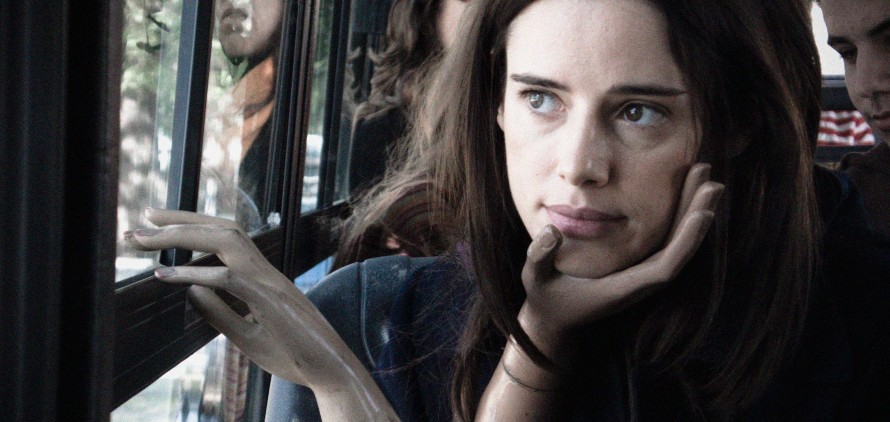
Pilar López de Ayala in Medianeras by Gustavo Taretto
Last year, you were happy about a new, global willingness to take risks by independent film productions. Films that don’t want to come across as commodities and, despite their modest financial means or perhaps because of their meager financing, are able to take advantage of the resulting freedom. Is this trend ongoing?
The trend is unbroken and has even strengthened. The film world is facing a crisis – in terms of economics, content and form – and something new is emerging out of it. One can see the expansion of certain trends, since that which the press calls the New Berlin School has now become global. For example, we have the Argentinean film Medianeras in our programme. The director Gustavo Taretto averts the tsunami of options and the all-too complex threats of the world – and instead narrates only in a personal, private manner. The existential mood is the actual topic in these films. In Medianeras a woman and a man keep missing one another, although they actually belong together. This is depicted in a way that doesn’t brag, that doesn’t want to pander or sparkle. This generation of filmmakers is marked by a modesty. Following two conformist generations, whose protagonists wanted make the leap from childhood directly into the executive suite, and the recognition that such options don’t work anymore, these films are an exercise in refusal – that’s the rebellious element. Sometimes it seems as if they are only concerned with themselves and the films couldn’t care less whether the conventional viewer finds them accessible or not.
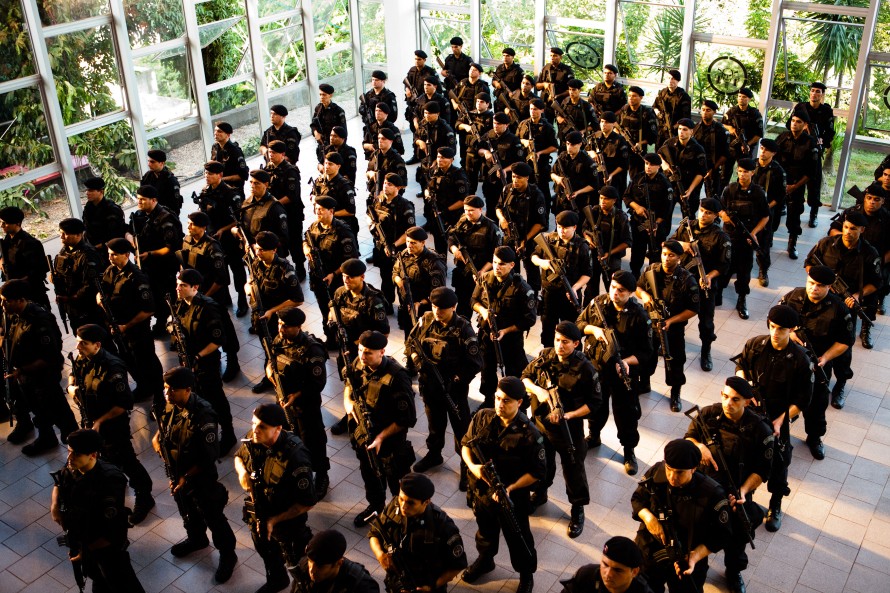
Men at Work: Tropa de Elite 2 by José Padilha
In the Press Release there’s talk of a new wave of innovative genre cinema worthy of discovery. Which films do you have your eye on in particular? And where do the innovations express themselves?
The innovation lies in the fact the directors satisfy the genre’s pacing and conventions, while still remaining authors in the classic sense. Tropa de Elite 2 - o inimigo agora é outro (Elite Squad 2 - The Enemy Within) from Brazil is a good example. The director José Padilha cleverly selects what he wants from the genre repertoire, but at the same time tells a story that is much more critical and visionary than industry-generated genre movies ever could be.
On the other hand, there are films like The Guard by John Michael McDonagh in the programme, which follow more conventional genre patterns. The film is a real crime classic, an actor’s movie, in which the FBI and the Irish police encounter one another. Don Cheadle plays a black agent who has to assert himself in the land of the redheads. He’s constantly affronted with unbelievable political incorrectness. The film rests on classic plot structures – including the big show-down at the end.

Maxim Sukhanov in Mishen by Alexander Zeldovich
The Russian film Mishen (Target) by Alexander Zeldovich is a real science fiction movie set in the year 2020. In the future Russia as a nation has become something far more positive than what we would fear from our perspective today. Mishen is the story of a young elite that only has one problem: things have been too good for them for too long and deep boredom sets in. So the characters decide to fly to the desert in their private jet. There they find a paranormal, alien circle sunk into the ground that looks like a flat parabola antenna. Energy is concentrated there and if one stands in the middle, the aging process stops, one’s senses and abilities are sharpened. The film is really very beautiful, you have to let yourself go with the tempo – then one finds a remarkable, descriptive allegory for Russia.
Some feature films with celebrity participation such as También la lluvia (Even The Rain) deal with the politically pressing questions of our time. Do they communicate these issues in all their complexity, through multi-layered, unconventional plot structures?
También la lluvia directed by Icíar Bollaín is about the battle for water. The story is in fact multi-layered and everything is told on parallel levels. There is the film about the conquest of America by Christopher Columbus which is just about to be shot – a film-in-a-film structure -, while at the same time the Bolivian population has to fight for water. The water has been privatized and the villagers are denied access even though they have just built a new water pipe. In También la lluvia the story of the native inhabitants is repeated and multiplied – they’re stuck in the same predicament as back then: they are confronted with very powerful forces. Today, the former colonizers, the Spaniards who want to make the film, are do-gooders who want to portray history truthfully and with an awareness of guilt – but they repeatedly transform into cynics because they just have to get their film made.
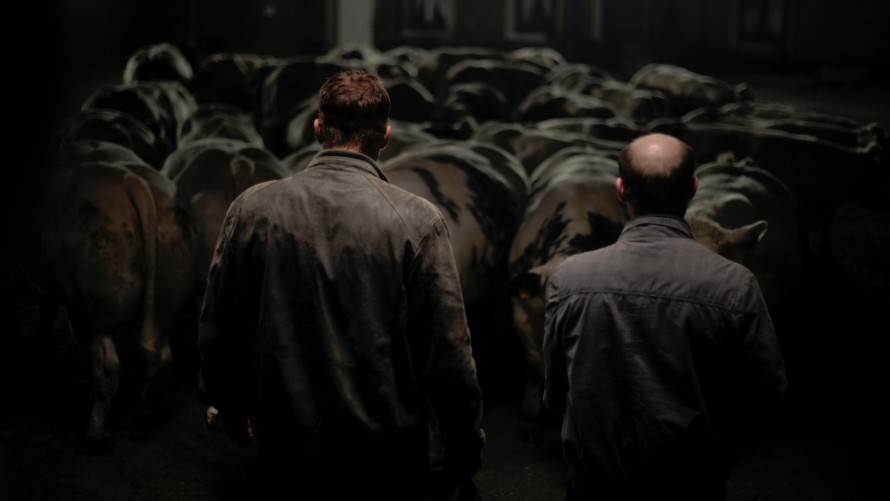
Rundykop by Michaël R. Roskam: Matthias Schoenaerts and Jeroen Perceval
New talents, new media and the resolution of differences
Looking at the newcomers in the programme, does one recognize an orientation towards role models or conventional working processes or have they been selected because they are able to convince with their own unique styles?
Rundskop (Bullhead) directed by Michaël R. Roskam has an extremely strong, unique style. On the one hand, the narration is very dry. On the other hand, an immense psychic pressure can be felt at all times. The story addresses the issue of hormone abuse in cattle farming. The main character of the film not only injects his animals with hormones, but also shoots them up himself. There is footage of the main character, which shows how he dopes himself and how his body slowly begins to become malformed – exactly like those of his cattle. Roskam’s narration is very multi-layered, using great, powerful images, while still retaining the dryness of Belgian cinema. As a viewer one has insight into a taciturn, hermetic male world. A very impressive first film.
Die Vaterlosen (The Fatherless) directed by Marie Kreutzer depicts the story of a family and tends towards a very private perspective – but it goes beyond that, because at the same it looks at the generation of communes. When the father dies, the children return to the place where they used to live together. The central question of the film is: what do you make out of what you have come from? The possible answers are expanded upon with the siblings who have developed in various different directions. One son has become a doctor in Munich and has no interest whatsoever in communal life, the other is completely idealistic, wants to maintain the commune, because it’s still a truly alternative approach to life and so on.
Über uns das All (Above Us Only Sky) by Jan Schomburg is an existential story that is very in step with the zeitgeist. A woman loses her identity because she loses everything around her that formed her public identity. She once had trust which she has now also lost. A very strong character study.
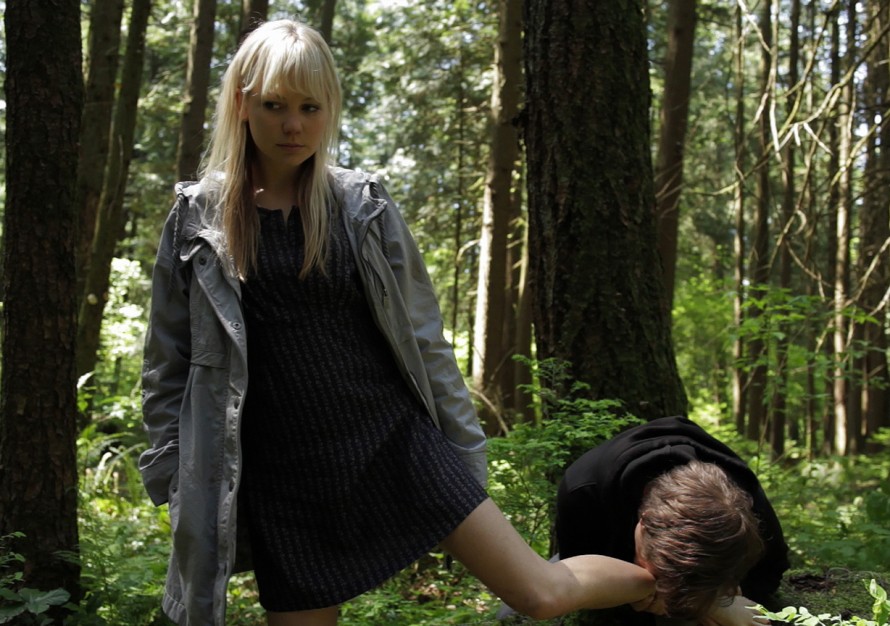
Bits and Bytes: Vampire by Iwai Shunji
The Internet, new media and virtual worlds play a central role in several films. What types of depiction do filmmakers find to show the incredibly potent phenomena of the digital world?
The films tackle these technologies head-on. It reminds me a bit of the discovery of the telephone in film, when new images emerged for the first time – characters with a telephone receiver at their ear. You can’t ignore the Internet in films today. That would be strange and would seem odd. Two films delve into Internet chatrooms and online discussions about suicide: In the Polish film Sala samobójców (Suicide Room) by Jan Komasa, the dependence on the digital world becomes life-threatening.
In the American film Vampire directed by Iwai Shunji a young man searches for suicidal young women in these chatrooms, because as a vampire he needs to feed on blood. His morality forbids him from killing people who don’t want to die. So he meets the women that he encountered in the chatroom, explains his situation and discusses with them how he can help them to die.
Romeos by Sabine Bernardi also belongs to this series of web-savvy films. It’s a transgender story in which the main character finds support on the Internet from people in a similar situation. Later the tables are turned and the main character stands by a person who is in an awful predicament. The logic behind it is clear: on the Internet you find support for the situations of very small minorities.
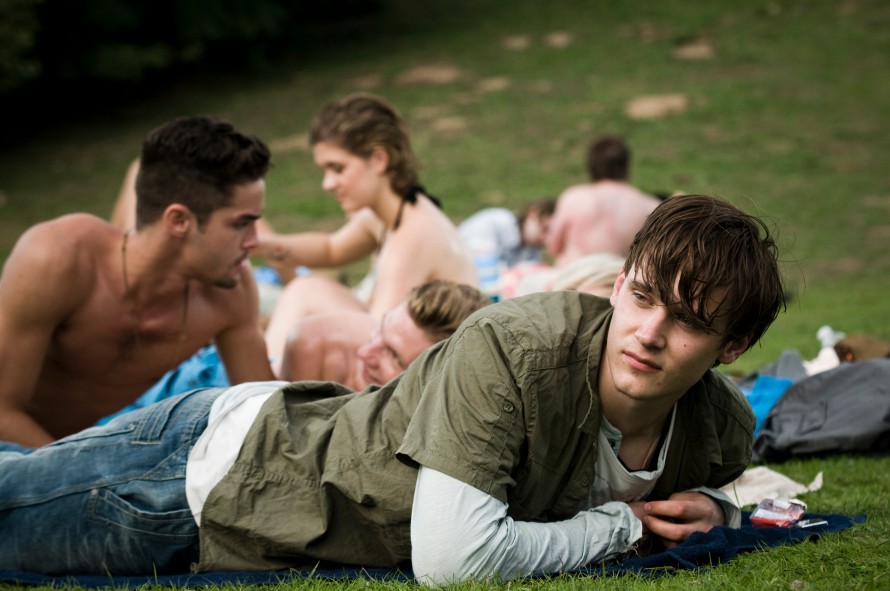
Rick Okon in Romeos by Sabine Bernardi
With Romeos and the French film Tomboy by Céline Sciamma, you have two features dedicated to transgender issues among teenagers and young adults. How is the question of gender-identification dealt with in both cinematic and narrative terms?
We seldom had so many films that play in the area between the sexes and that work on overcoming that dualism. The differences between the genders are overrated. Ying and yang are, in fact, a celebration of the melting away of differences. Romeos and Tomboy both tell the story of a boy living in a girl’s body and who wants to get out. Both characters do it with an inner strength, which is a big difference compared to previous times, when sex-change operations were performed in order to affirm the dualism. Romeos and Tomboy show very unique forms of searching for psychic and physical identities, which aren’t immediately apparent.
West und East German (hi)stories
There are a surprising number of documentary portraits, especially artist portraits, in the programme. Does a personal predilection lie behind this tendency?
The accumulation of artist portraits is a coincidence that was simply the result of the films available this year. Mondo Lux is a portrait of Werner Schroeter, who received the TEDDY AWARD for his lifework last year and died shortly thereafter. Elfi Mikesch, the famous camerawoman, had already been working on the film, which then was transformed into an obituary.
BRASCH – Das Wünschen und das Fürchten (BRASCH - Words of Want, Words of Fear) by Christoph Rüter is a Berlin story that shows a true local hero and at the same time conveys a feeling of the entire post-war German-German history. The father of the poet and director Thomas Brasch was the Deputy Minister for Culture in the GDR and personally brought his own rebellious son to prison. Brasch’s radical search for identity is a great, exemplary picture for the many individual cases of East German citizens who went over to the West – and whose search for identity always remained painful.
How are you can also be seen from a local, political perspective. The Danish film directed by Jannik Splidsboel accompanies the artist couple Michael Elmgreen and Ingar Dragset over many years during their rise to stardom on the international art scene. The two protagonists built the highly intelligent memorial for homosexuals persecuted under the Nazis across the street from the Holocaust Memorial in Berlin and make some poignant remarks about gay politics today.
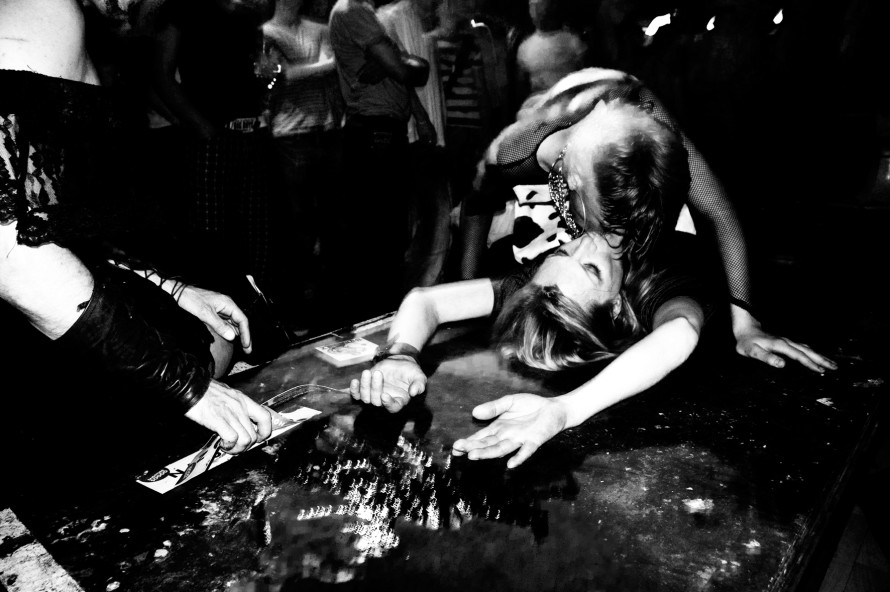
House Of Shame / Chantal All Night Long by Johanna Jackie Baier
Leicht muss man sein, Fliegen muss man können (Lightflight) directed by Annette Frick compliments the view on German-German post-war history from the West German perspective, and is based on an essay about the gay photographer Herbert Tobias who took subversive photographs during the Adenauer era. Today they look like the beginning of the underground. Iconographic images of homosexuals in a time when the Nazis’ anti-gay laws were still in effect – and crazy fashion photos. His subjects included Nico, who later sang in the band Velvet Underground. Lightflight tells a truly underground story from Hamburg – a marginal, but extremely important history from a subcultural perspective.
The Big Eden brings an infamous playboy, the commercially successful Berlin nightclub owner Rolf Eden, to the big screen. A great post-war story in the West. Eden was born to Jewish parents in Berlin in 1930. In 1933 the family fled from the Nazis to Israel. In 1956 Eden returned to Berlin and has since shown German white trash how to properly live the Dolce Vita. Every day he buys the tabloid newspaper BZ to find out if he’s in it – and he’s in it every time. Also interesting in The Big Eden is the confrontation with a type of machismo that one doesn’t usually consider, that one doesn’t have a theoretical grasp on, because there are clearly plenty of women who find it just great.
The Berlin nightlife series continues with House of Shame / Chantal All Night Long. Johanna Jackie Baier’s documentary shows the meteoritic rise of Chantal, who went from streetwalking as a trannie to conquering the clubs of Berlin. She has been the celebrated queen of partying for ten years now. Rolf Eden and Chantal are two generations of night-owls who radiate charisma and show what sort of cultural movement is possible in Berlin’s nightlife.